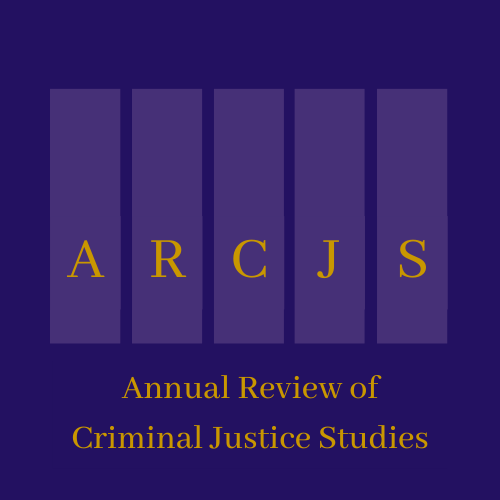Fostering Harm On Campus:
The Shortcomings of Carceral Responses to Sexual Harm Within Institutes of Higher Education
Keywords:
sexual harm, sexual assault, campus policy, anticarceral feminism, Feminism, Campus Sexual Assault, Title IX, Education system, educationAbstract
Institutes of Higher Learning (IHEs) are uniquely situated to be able to educate young people making the transition from their formative households to engaging with the world as adults. Unfortunately, many students, including myself, have found college campuses to not only host sexual harm but foster it. By adhering to carceral approaches and norms IHEs foster sexual harm on campus and risk the educational outcomes of all students, not just the ones who cause harm. Though Title IX procedures are intended to provide an educational atmosphere free of sexual harassment, in practice they neither prevent nor adequately respond to much of the harm that occurs on campus.
These institutions tend to approach isolated instances embedded within wider campus patterns of sexual harm as a decision around who gets to continue their education and under what limitations. In doing so, they are - inadvertently or not - taking a moral and political stance in favor of a culture of incarceration embedded within these institutions decades ago. But this carceral approach is demonstrably ineffective for protecting students and easing the pain of students who have been harmed, and works directly against the mission of these institutions to educate young people. By adhering to carceral approaches and norms IHEs foster sexual harm on campus and risk the educational outcomes of all students, not just the ones who cause harm. Outdated narratives, inadequate preventative education, and inadequate institutional support for students affected by sexual harm all accumulate to contribute to a broader culture of systemic - but avoidable - campus sexual harm.
When IHEs fall back on carceral practices to presumably protect their students, they succumb to moral and institutional failure by missing educational opportunities not only to discourage campus-adjacent sexual harm, but also to lower the number of students who proceed to cause sexual harm after graduation, furthering campus missions to graduate responsible social citizens. This paper examines how IHEs foster sexual harm on their campuses while claiming to prevent it, with the intention of challenging the standard idea of students who commit sexual harm as irredeemable “bad people” who are not only disposable, but who must be disposed of in order to keep other students safe. What if instead we address the ways the institutions these students are attending actively foster this harm, and call for IHEs to live up to their mission to educate our next generation of responsible citizens?


